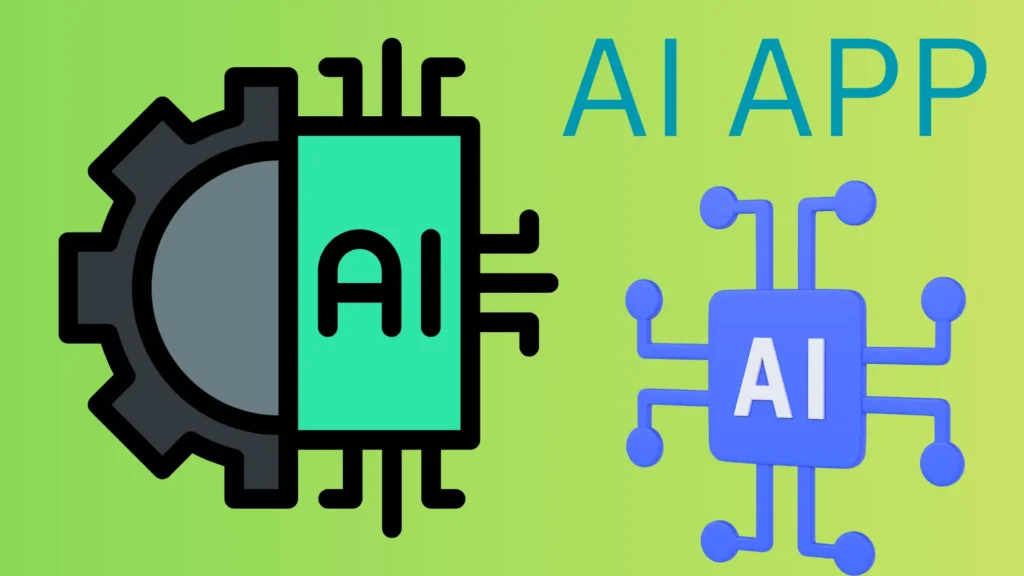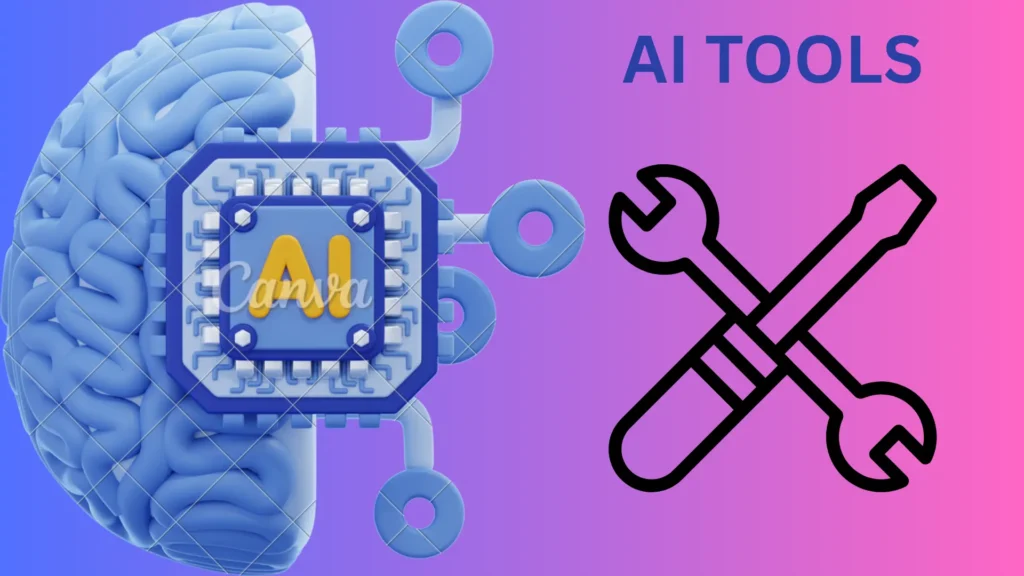In today’s fast-moving digital age, staying productive is a real challenge. From content creation and design to communication and automation, artificial intelligence (AI) apps have transformed how we work and interact. Whether you’re a student, marketer, entrepreneur, or developer, there’s an AI tool out there designed to make your life easier.
The year 2025 has introduced a powerful wave of AI-powered tools that are smarter, faster, and more integrated than ever. Below is a detailed look at the top AI apps of this year—based on user popularity, advanced features, and real-world impact.

ChatGPT:
OpenAI’s ChatGPT is a leading AI chatbot that helps users write emails, code, blogs, essays, and more. With the release of GPT-4 Turbo, the chatbot has become faster, more accurate, and available on multiple platforms.
Features:
- Natural language understanding
- Multi-turn memory (remembers context)
- Voice input, image input, file upload
Why Use It:
ChatGPT is ideal for professionals, writers, students, and developers looking for fast, high-quality text output.
DALL·E 3
DALL·E 3 by OpenAI is an AI image generator capable of creating high-quality visuals from text descriptions. It’s now integrated inside ChatGPT, allowing users to generate, edit, and iterate images seamlessly.
Features:
- Generates realistic and artistic images
- Allows inpainting/editing directly in the app
- Produces detailed illustrations for any niche
Why Use It:
Perfect for designers, marketers, and content creators needing unique visuals quickly.
Grammarly
Grammarly is a writing assistant powered by AI that checks grammar, punctuation, tone, and clarity. It’s a favorite tool for professionals and students.
Features:
- Real-time grammar and tone correction
- Plagiarism checker
- Integrates with browsers and MS Word
Why Use It:
For polished, error-free writing with advanced stylistic suggestions.
Otter.AI:
Otter.ai is an AI-powered transcription and meeting assistant app. It records, transcribes, and summarizes meetings in real time.
Features:
- Automatic transcription
- Highlighting and keyword extraction
- Integrates with Zoom, Google Meet
Why Use It:
Great for teams, educators, and remote workers who need reliable meeting records.
Google Gemini:
Gemini is Google’s own AI assistant, integrated with Google Workspace. It handles complex tasks like summarizing emails, drafting responses, and creating spreadsheets.
Features:
- Integrated into Gmail, Docs, Sheets
- Multimodal understanding (text, image, video)
- Mobile app available
Why Use It:
For users already in the Google ecosystem, Gemini enhances productivity across tools.
Perplexity AI:
Perplexity AI is a next-gen search tool that combines conversational AI with real-time citations. It provides verified answers with sources and supports file uploads for research.
Features:
- Real-time web search with references
- Multi-model support (Claude, GPT-4, etc.)
- Assistant workflows in the mobile app
Why Use It:
Ideal for research, fact-checking, and educational content creation.
DeepSeek:
DeepSeek is an open-source AI assistant that became a hit due to its transparent reasoning and reliable answers. It’s free and rapidly growing in popularity.
Features:
- Logical explanation of outputs
- Open-source model
- Efficient on mobile
Why Use It:
Best for users looking for transparent, free, and fast AI assistance.
Canva AI (Magic Studio):
Canva AI integrates artificial intelligence to automate design tasks. Whether it’s creating presentations, social posts, or videos, Magic Studio speeds up the process.
Features:
- AI content writing (Magic Write)
- Auto-layout suggestions
- AI image editing and video tools
Why Use It:
Anyone who needs professional-level designs quickly without a designer.
How to Use AI Apps:
- Sign Up: Register with email or social accounts.
- Set Preferences: Customize tools for tone, style, or industry.
- Prompt Clearly: Use simple, direct instructions like “Create a 500-word blog on digital marketing.”
- Review Output: Refine the response using suggestions or re-prompts.
- Export/Share: Save to PDF, Docs, or publish directly to platforms.
What’s New in 2025:
- GPT-4 Turbo: Smarter, faster model now standard in ChatGPT
- Image + Voice Inputs: AI apps now support multimodal interaction
- Deeper Integrations: Gemini, Notion AI, and Grammarly integrate directly into core productivity apps
- New Entrants: Tools like DeepSeek and Perplexity gaining user trust rapidly
Comparison Table:
| Tool | Best For | Free Version | Unique Feature |
| ChatGPT | Writing, Coding | ✅ | Memory & Custom GPTs |
| DALL·E 3 | Design, Visuals | ❌ | Detailed Image Generation |
| Grammarly | Editing, Writing | ✅ | Tone + Grammar |
| Otter.ai | Transcription | ✅ | Meeting Summarization |
| Gemini | Office Productivity | ✅ | Google Workspace Sync |
| Perplexity | Research | ✅ | Cited Web Sources |
| DeepSeek | Reasoning/Logic | ✅ | Transparent AI |
| Canva AI | Graphic Design | ✅ | AI + Templates + Video |
Pros and Cons:
ChatGPT:
✔ Human-like conversation
✔ File, image, and voice inputs
✘ No live browsing in free version
DALL·E 3:
✔ Creates high-res images from prompts
✔ Image editing via inpainting
✘ Only available with ChatGPT Plus
Grammarly:
✔ Grammar, clarity, tone checker
✔ Easy browser integration
✘ Limited features on free plan
Otter.AI:
✔ Accurate meeting transcription
✔ Team collaboration
✘ Advanced features are paid
Google Gemini:
✔ Natively works with Docs, Gmail
✔ Smart email summaries
✘ May not be available globally
Perplexity AI:
✔ Real-time cited info
✔ Supports multiple AI models
✘ Interface may feel new for casual users
DeepSeek:
✔ 100% free and open-source
✔ Transparent and accurate
✘ Not as conversational
Canva AI:
✔ Fast content creation
✔ Drag-and-drop interface
✘ Video rendering can be slow

FAQs:
Q.1: Are these AI apps free to use?
A: Most offer a basic free plan. Premium features are unlocked with subscriptions.
Q.2: Do AI apps support multiple languages?
A: Yes, especially ChatGPT, Gemini, and Perplexity support over 20+ languages.
Q.3: Can I use AI apps on mobile?
A: All major AI tools offer Android and iOS apps or browser-accessible interfaces.
Q.4: Are they secure?
A: Paid plans offer more security, but most free apps follow standard encryption and privacy policies.
Conclusion:
AI apps are no longer just experimental tools—they’re everyday essentials. Whether you’re a content creator, business owner, teacher, or student, there’s an AI solution for you. These tools are helping millions save time, increase accuracy, and unleash creativity in 2025. Start with a free plan, explore your favorite tools, and scale as your needs grow.
